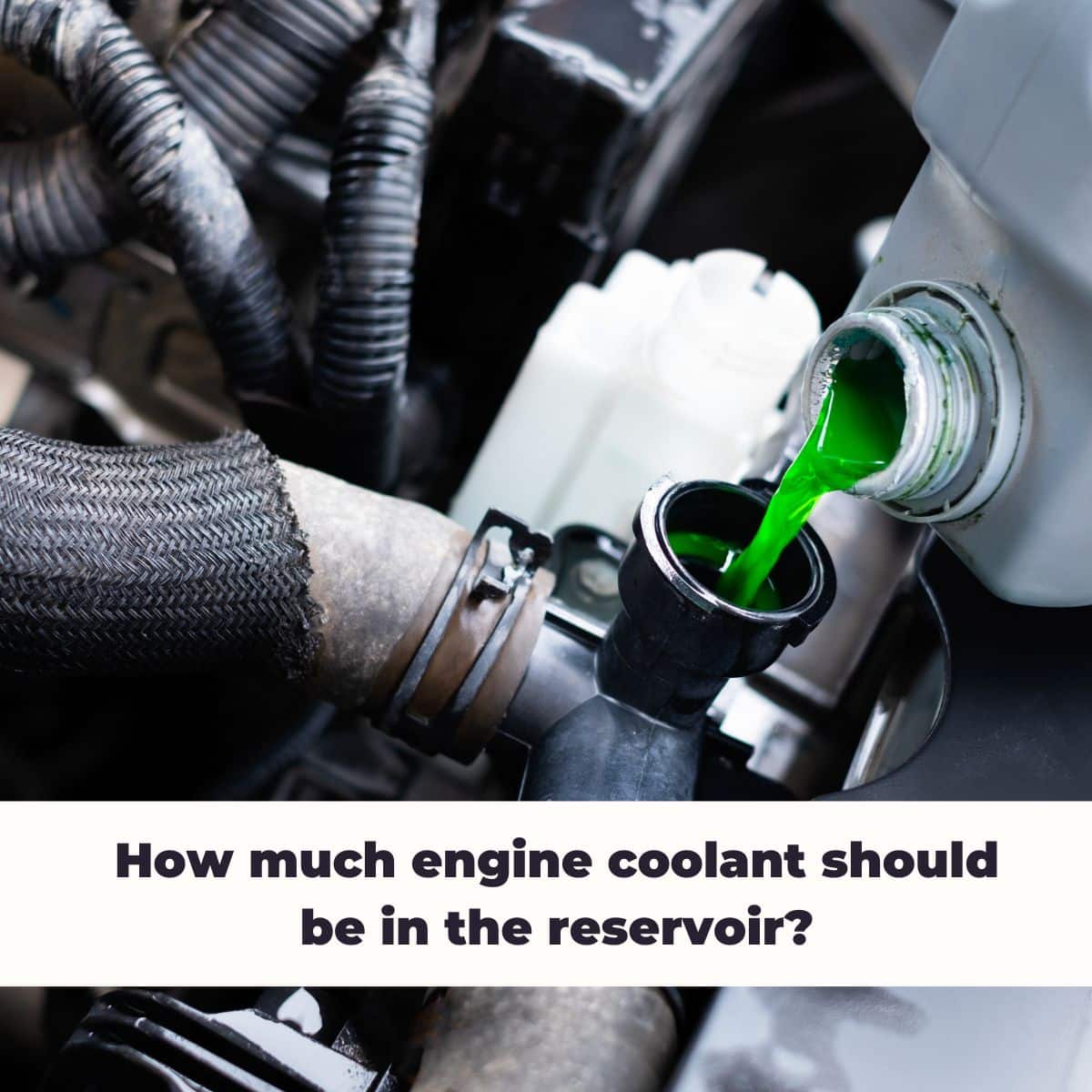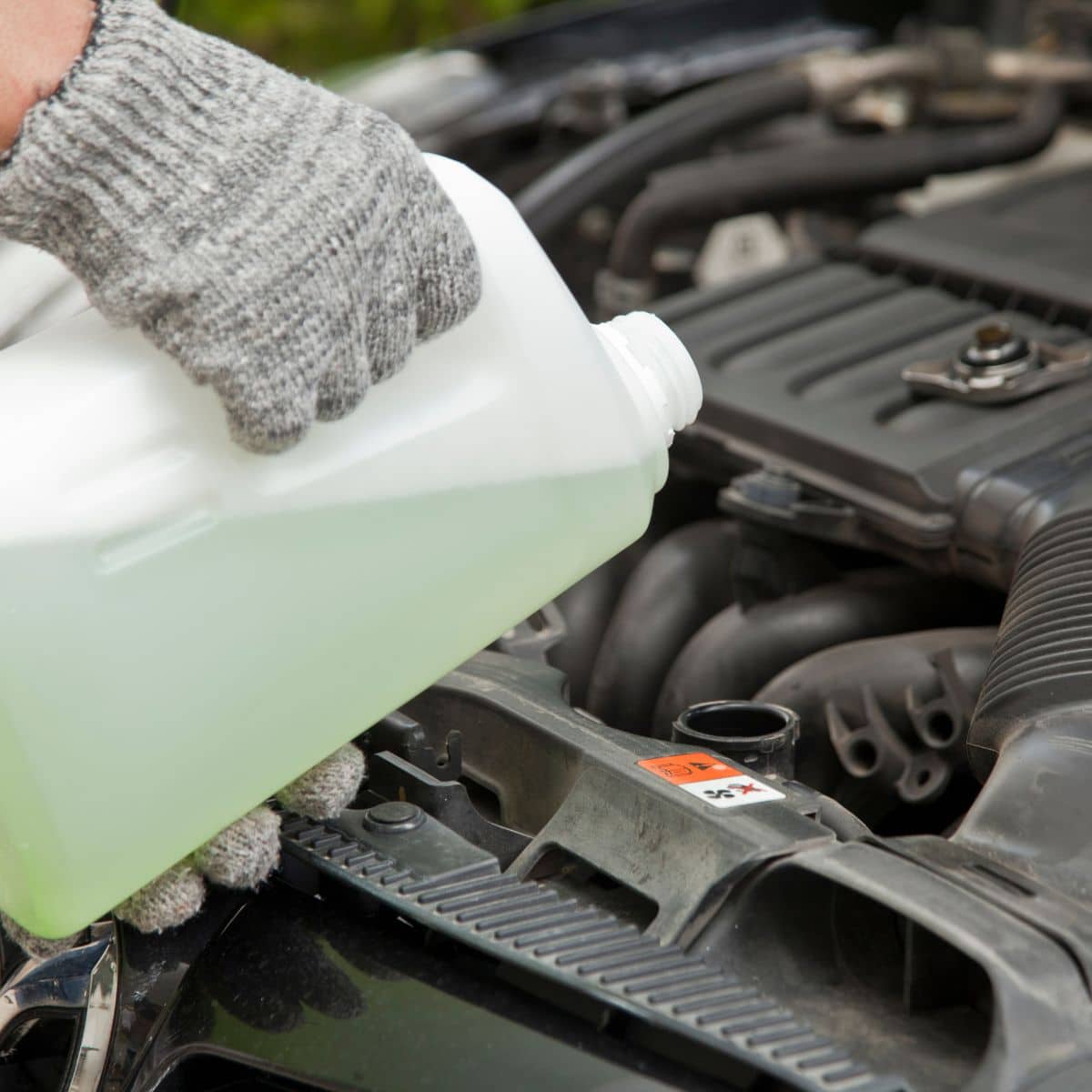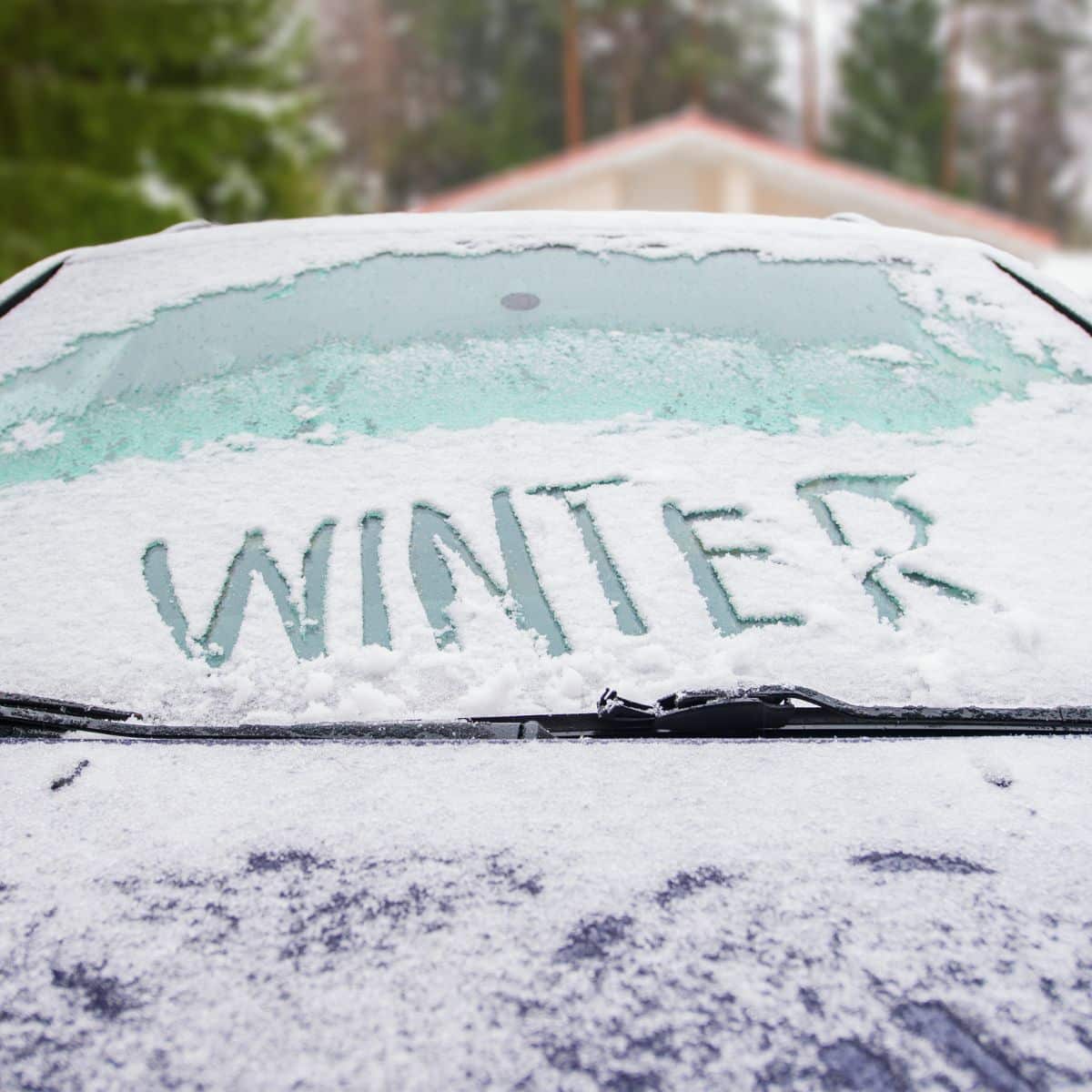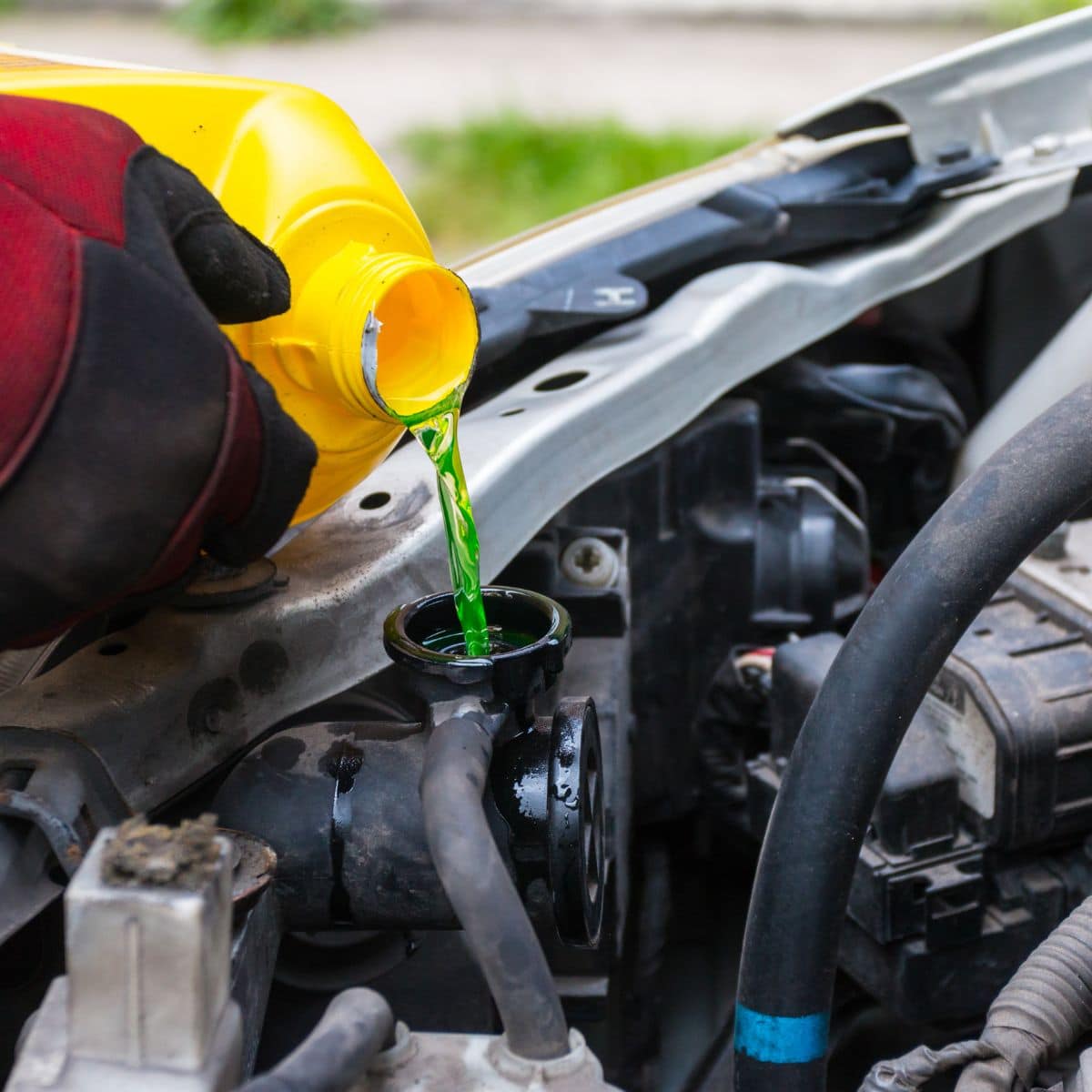
Engine coolant is one of the vital fluids in your vehicle's engine that help it run smoothly.
However, the coolant level in your engine must be within a range to be effective and prevent damage to the engine.
Drive with too little coolant, and your engine will overheat and can stop working altogether. Drive with too much coolant, and you can potentially cause several problems with your vehicle, all of which are costly to fix.
So what is the right amount of engine coolant, and what does the coolant reservoir have to do with it?
The following is all you need to know about the coolant reservoir, coolant levels, and why you need to keep your coolant at certain levels to ensure your engine runs smoothly.
What Is Engine Coolant?
Engine coolant is a liquid mixture that serves one purpose: Transfer heat from your engine to keep the engine temperature at an operative level.
As your engine runs, various components become extremely hot if not cooled adequately.
Engine heat that does not transfer properly overheats the engine.
If the overheated status goes on too long (which is not very long,) the engine will stop running as the heat destroys vital parts. Engine coolant helps cool those parts. It also helps protect rubber and plastic parts used in the engine and cooling circuit.
Coolant also has anti-freeze properties from various chemicals, which is to keep the liquid from freezing in cold.
Frozen engine coolant functions similarly to a system that does not have enough coolant. If the liquid did freeze, the engine's heat could not transfer properly.
The Proper Coolant Level

So what engine coolant level is optimal for your vehicle? That depends on your vehicle and its engine.
All engines, however, have a "sweet zone" where the coolant level is not too low or too high. Ideally, that level is constant throughout the engine run time.
In addition, you must use coolant or antifreeze made for your type of vehicle. The possible consequences of not using the right coolant are that your engine overheats or your coolant freezes and becomes ineffective.
Using the wrong engine coolant in some vehicles can be just as bad as having too little engine coolant in your system.
What Is the Coolant Reservoir?
Your engine coolant resides in your vehicle's coolant system, and excess coolant resides in the coolant reservoir.
Because coolant expands or contracts with temperature, the reservoir acts as a source of extra coolant for a hot coolant system and stores extra coolant the system is not using.
In almost all vehicles, the coolant reservoir is a plastic container marked as the engine coolant reservoir.
When you add coolant to the system, you fill that. The container has an "F" and "L," or a "Max" and "Min" indicator and line on the side of the container, indicating full and low levels of engine coolant in the system.
The sweet zone for coolant levels is between the F and the L or the Max and Min indicators.
Should My Coolant Reservoir Be Full When Cold?

Coolant is 50 percent water and 50 percent antifreeze. Even with the antifreeze, it will still contract if exposed to cold temperatures for an extended period.
Additionally, your vehicle's engine components contract if exposed to cold for longer. When the components contract, they can suck engine coolant back into the coolant system.
When that happens, your coolant levels will look lower than usual. In extreme, prolonged cold, the engine coolant can look significantly lower.
In the case of a coolant level that is lower than usual during cold weather, as long as the coolant level stays above the L or Min indicators, your engine will be fine. If the coolant level is below the L or Min levels, you may want to top it off, but do not put in much coolant. Try and get the coolant level slightly above the L or Min indicators.
You want it slightly above the L or Min indicators because the coolant's level when the engine is cool is the minimum level of engine coolant in the system. As the molecules in the coolant and engine warm up, they expand, and the level of coolant in the coolant system will increase.
Can You Put Too Much Coolant in the Reservoir?

Yes. The F or Max indicators on your coolant reservoir represent the most coolant you should have in your system at any time. While the excess coolant is not a guaranteed problem for your vehicle, it can be.
Your reservoir holds coolant in reserve for when the system needs it and, as importantly, needs to expel it from its system.
As coolant heats, its molecules expand, creating an excess of coolant. Filling the reservoir where the heated coolant is supposed to go adds pressure to the overall coolant system.
Increased pressure on the system can have a few consequences:
Damage to engine components like the head gasket, seals, or engine block
Hoses and joints that split
Existing weak spots being stressed and creating a leak
Leaking fluid can cause electrical damage
Overheating of the engine due to heat caused by the excess pressure
Is It Normal for Coolant Level To Drop in Reservoir?
The coolant level in your coolant reservoir may drop. If it does, you should have your vehicle checked out to ensure you do not have a leak. Here are the reasons why your coolant level might lower:
An Obvious Leak
If your coolant level has lowered, put a sheet of cardboard underneath your vehicle after driving it and let it set overnight. In the morning, look for signs of a leak.
A Not-So-Obvious Leak
Sometimes a leak at a connection point or pinhole in a hose can cause your system to lose coolant. If your coolant level lowers for no reason and there is no leakage on the cardboard sheet, a leak of that sort is the obvious suspect.
Cold Temperature Contraction
Your engine and coolant contract in cold weather, and that can cause the coolant system to draw coolant out of the reservoir.
Damaged Engine Components
There are several issues with engine components that can lead to a leak, including a blown gasket or seals. You will usually have other indicators that you have an issue besides reduced amounts of coolant in your reservoir.
Takeaways
Your engine coolant helps regulate your engine temperature. Too much or too little engine coolant can damage your engine. If your coolant reservoir indicates lowered coolant levels, it might be nothing to worry about, perhaps contraction in cold weather, but it is best to get it checked out.

Growing up I was a carefree male going about life like there was no tomorrow. Naturally, I ‘grew’ up, settled down and started a family.

Going from an independent carefree male to a family man was somewhat of a U-turn and required a lot of learning. Luckily for me, my wife works in education and has always been the shining light always ahead of me on all factors kids related.
Initially, my wife didn’t have a driving license (luckily this has now changed and it does make life easier), and all things car related were my task. Child locks were the obvious starting point which lead me down a rabbit hole.
So far we have personally tested dozens of convertible car seats and have owned five despite neither of our kids having reached the age of 5! Simply put, a car seat can be great on paper, work great on trying out but can fail on you in real life.
This is why I have put together this website – to help inform and educate you!
Of course, as I mentioned above, at the end of the day your experience will be the best test so I’d love to hear your experiences and feedback in the comments.
To contact me personally, please do so through my contact page.
I look forward to hearing from you!
Peter
P.S. If you click a link on my site and end up buying a car seat on Amazon, I’ll get paid a small commission (or as the Amazon lawyers put it: “As an Amazon Associate I earn from qualifying purchases”)
Leave a Reply